‘Light & Space’ at Copenhagen Contemporary: ‘moving art without moving elements’
On view until 4 September, epic group show ‘Light & Space’ explores the past and present of the iconic light and installation art movement. It’s physical, emotional, bodily and disorientating

In scale and scope, the ‘Light & Space’ exhibition at Copenhagen Contemporary is epic. ‘It will be BIG in every way!’, the international art centre declared before opening the doors on 2 December 2021. Sprawling across 5,000 sq m, with artworks from 27 artists, it is the biggest exhibition ever for the six-year-old institution, as well as the most comprehensive presentation of artists from the influential light and installation art movement (Light and Space) that emerged in and around Los Angeles in the 1960s.
From James Turrell’s immersive, site-specific Aftershock, 2021, to Doug Wheeler’s LC 71 NY DZ 13 DW, 2013, an illuminated fibreglass dome measuring 20m in diameter, the exhibition is monumental and impressive. Yet the real power of ‘Light & Space’ comes from its intimacy. You experience the artworks physically and emotionally. Some are ephemeral and enveloping, like Helen Pashgian’s Untitled, 2021, a cast epoxy lens illuminated by an intensifying cycle of light. Others are disorientating if not confronting. In Eric Orr’s Zero Mass, 1972-73, an oval room lined with photographic paper forms a void so dark that it hypersensitises your body, as your eyes are out of commission.
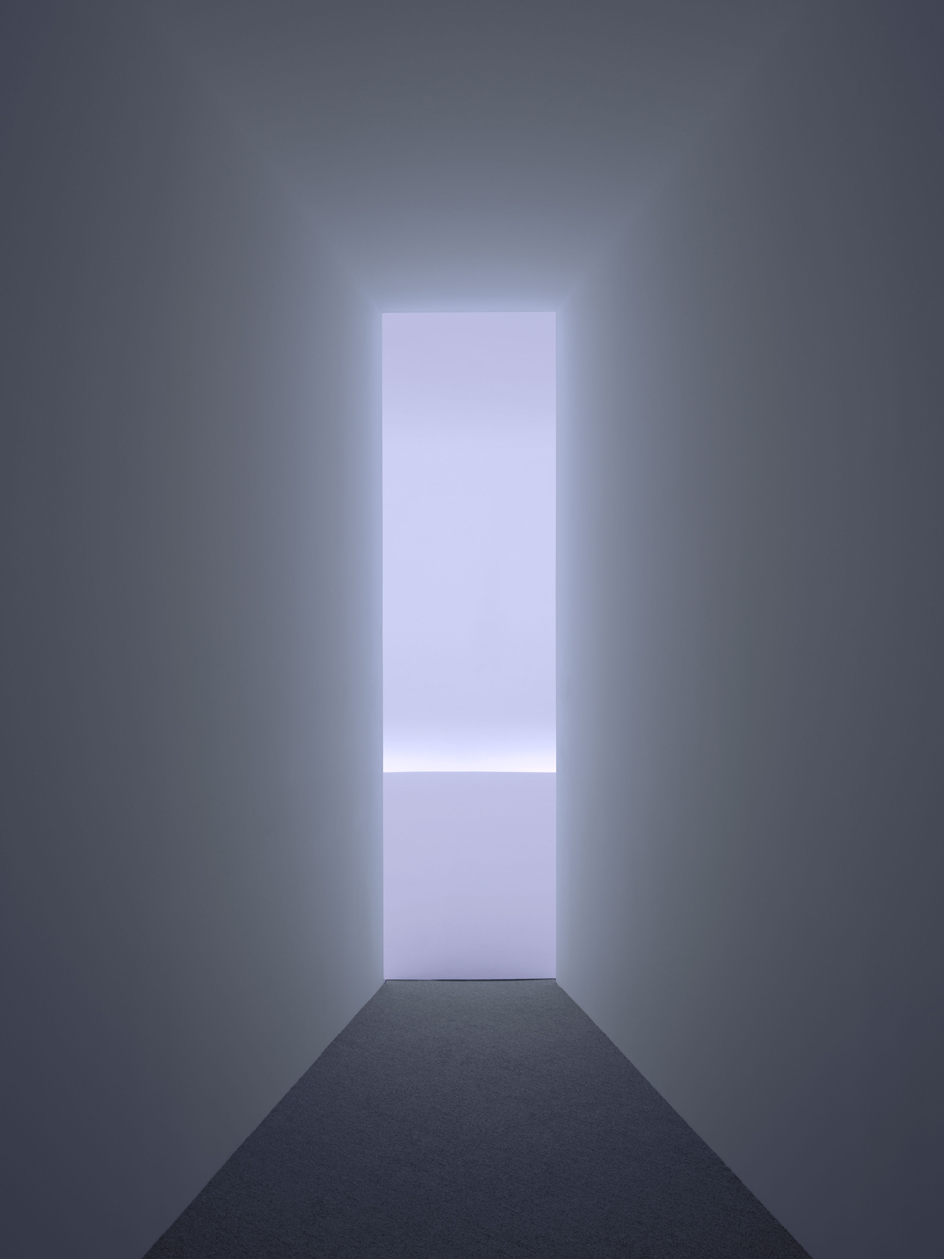
Doug Wheeler, LC 71 NY DZ 13 DW, 2013. Reinforced fibreglass, flat white titanium dioxide latex, LED light, and DMX control. © Doug Wheeler Courtesy David Zwirner.
‘There’s a precision in all of this work, which is extremely fascinating because it’s paired with tactility, the bodily experience. So even though some of the work can seem cold, it’s not, because it’s always raised in your body,’ says Marie Nipper, director of Copenhagen Contemporary. Or, as artist Lita Albuquerque says, ‘you become part of the work’.
On site to recreate Materia Prima, first presented in Venice Beach in 1979, Albuquerque says she cried as she spread the cadmium yellow pigment on its bed of salt. ‘There’s something vulnerable and beautiful about being completely immersed in colour.’ Now 75, Albuquerque emerged on the art scene in the 1970s in the midst of the movement sometimes called Californian Minimalism. Ever since, she has explored our relationship to the cosmos with a sense of wonder and optimism. She perceives the Light and Space movement as prophetic, rather than an artefact. ‘I’m realising more and more it’s a profound movement. For me, 2021 was a hinge year. The Light and Space movement feels the same, like it’s a hinge, and there’s something really powerful that is yet to unfold.’

Lita Albuquerque, Solar Reset (2021). Courtesy the artist and Peter Blake Gallery. Materia Prima (1979/2021). Courtesy of Peter Blake Gallery and the Artist. Installation view Light & Space, Copenhagen Contemporary, 2021.
Her spirit infuses the show, a salve for a pandemic-weary world, but also a forensic reappraisal of a movement often narrowly defined by its prominent male figures and works referred to as ‘finish fetish’ because of their highly polished surfaces. ‘We didn’t want to do the obvious Light and Space show that has been done before. We wanted to broaden the scope of artists with new females as well as males and to broaden the spectrum,’ says Nipper. ‘The Light and Space movement is infused with more than the surface-oriented works, there’s also what I call organic minimalism, oriented towards the landscape or towards painting in expanded fields.’
Context was critical. Nipper wanted to properly represent works from the time and to demonstrate their influence by placing them in a contemporary framework with European artists. It meant rediscovering artists and works that were barely documented and recreating them in situ. A very intentional process, she says. In 2019 she undertook a research trip across the US, visiting institutions and studios, meeting artists, even going to church with the Quaker James Turrell. ‘That was really the beginning of the research.’ Back in Copenhagen, Nipper and her exhibitions team, led by Jannie Haagemann, pored over scant primary sources, such as back issues of Artforum that covered ‘happenings’, often without images. It enabled them to get a more nuanced perspective of the broader group who were making this ‘really amazing stuff’, powerful at the time, but largely forgotten since.
Elyn Zimmerman’s haunting Untitled, 1974, is one such work. Made of shadows cast by halogen lights on glass panels, the minimalist expression of material and immateriality is being shown for the first time since 1974.
Receive our daily digest of inspiration, escapism and design stories from around the world direct to your inbox.
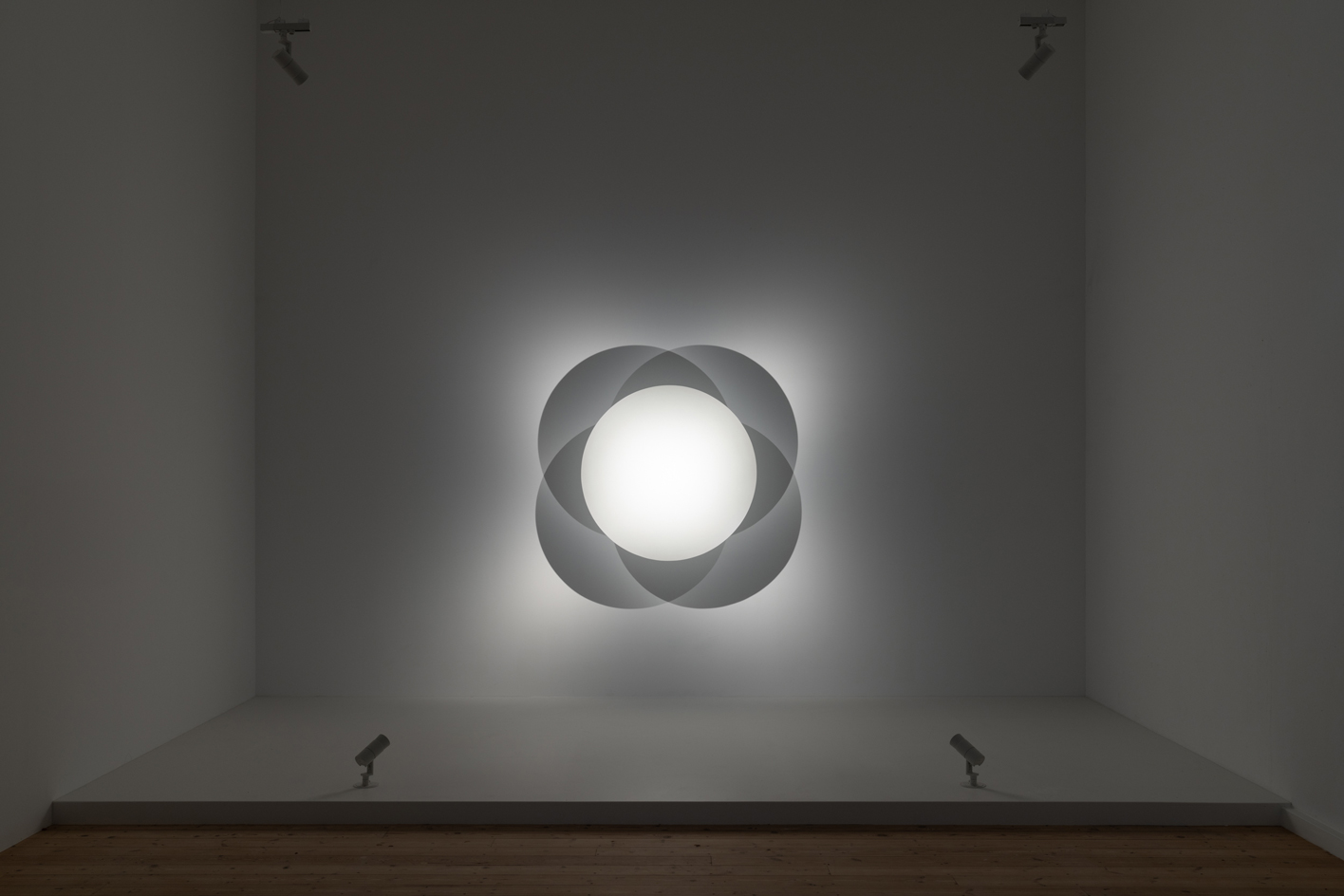
Robert Irwin, Untitled (1965-67). Courtesy of Dia Art Foundation; Gift of Milly and Arne Glimcher. © Robert Irwin Light & Space, Copenhagen Contemporary, 2021.
This commitment to staging such a representative show, probably the biggest ever in Europe, also meant Copenhagen Contemporary was able to secure precious seminal works from important collections. Dia Art Foundation lent Robert Irwin’s Untitled, 1965–67, a painted convex aluminium disc lit by four lights that distort the perception of the object and its overlapping shadows. Irwin’s early perceptual works inspired the name of the movement. In a catalogue essay in 1966, the founding editor of Artforum, Philip Leider, describes his art as an ‘experience of space and light’, coining the term later enshrined in an exhibition in 1971.
The historic works resonate even more when placed with contemporary pieces by the likes of Olafur Eliasson or Ann Veronica Janssens. There is a clear continuum. Anish Kapoor is renowned for his light-absorbing voids, but his blue pigmented Void, 1993, reads differently when considered alongside one that Albuquerque conceived a decade and a half before.
When Fred Eversley, an electrical engineer who worked on Project Gemini (an early Nasa human spaceflight programme), began playing around with casting resin in the late 1960s, it was an exciting new material. Yet the 80-year-old artist’s two sculptures, Untitled (parabolic lens), 1971, in violet, amber and blue, and the deep black Untitled (parabolic lens), 1976, as opaque as the former is translucent, are as seductive as anything made in the medium today. Eversley attributes it to the power of the parabola, which he first made at age 15, using an old turntable and jello, after reading about it in a science magazine. ‘The parabola, which is my shape, is the only shape that concentrates all forms of energy to a single focal point.’ He calls his sculptures moving art without moving elements. It is an apt way to describe the entire exhibition.
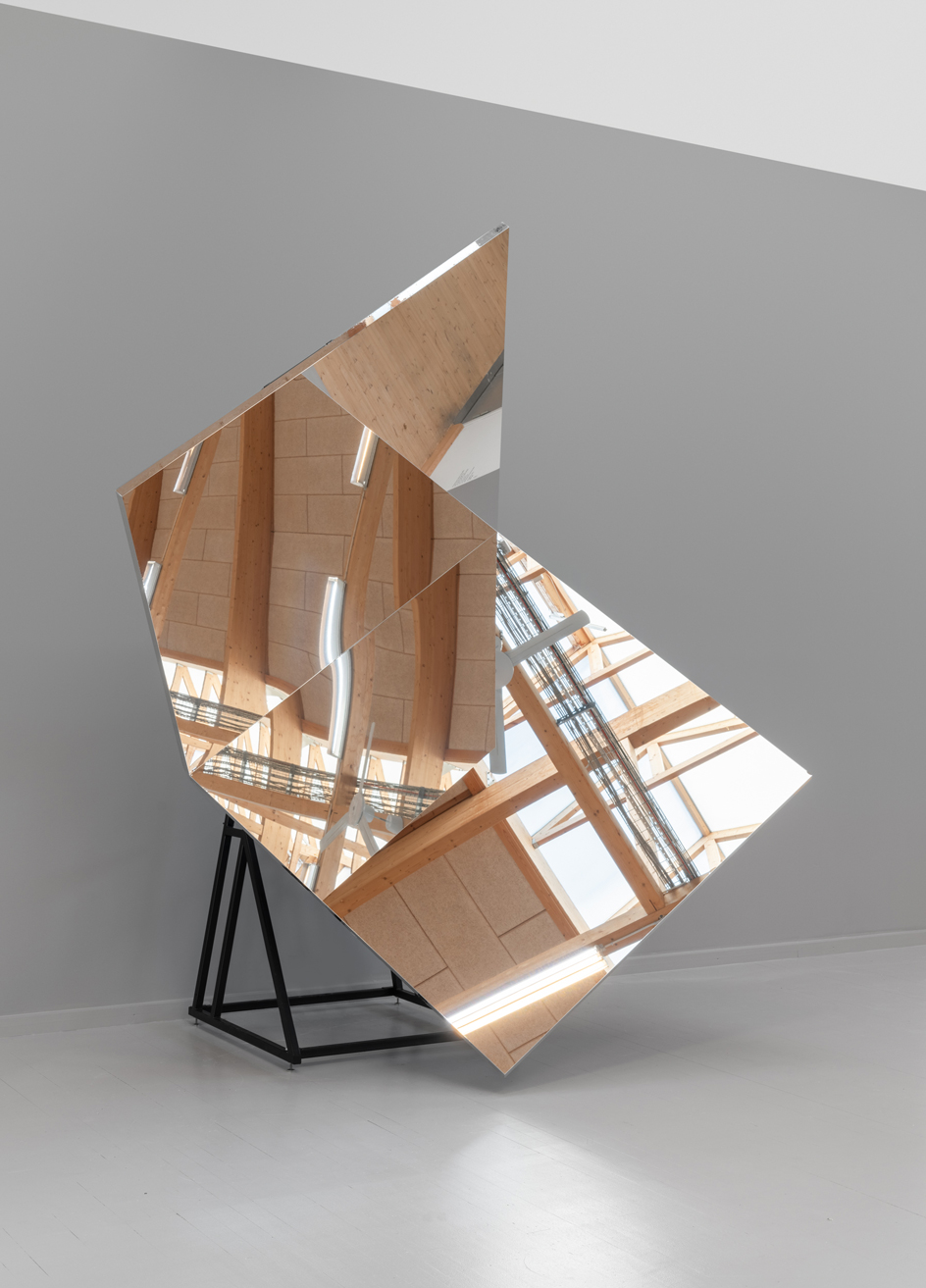
Jeppe Hein, 360° Illusion II (2007). Courtesy the artist, KÖNIG GALERIE, Berlin, 303 GALLERY, New York, and Galleri Nicolai Wallner, Copenhagen. ’Light & Space’, Copenhagen Contemporary, 2021.
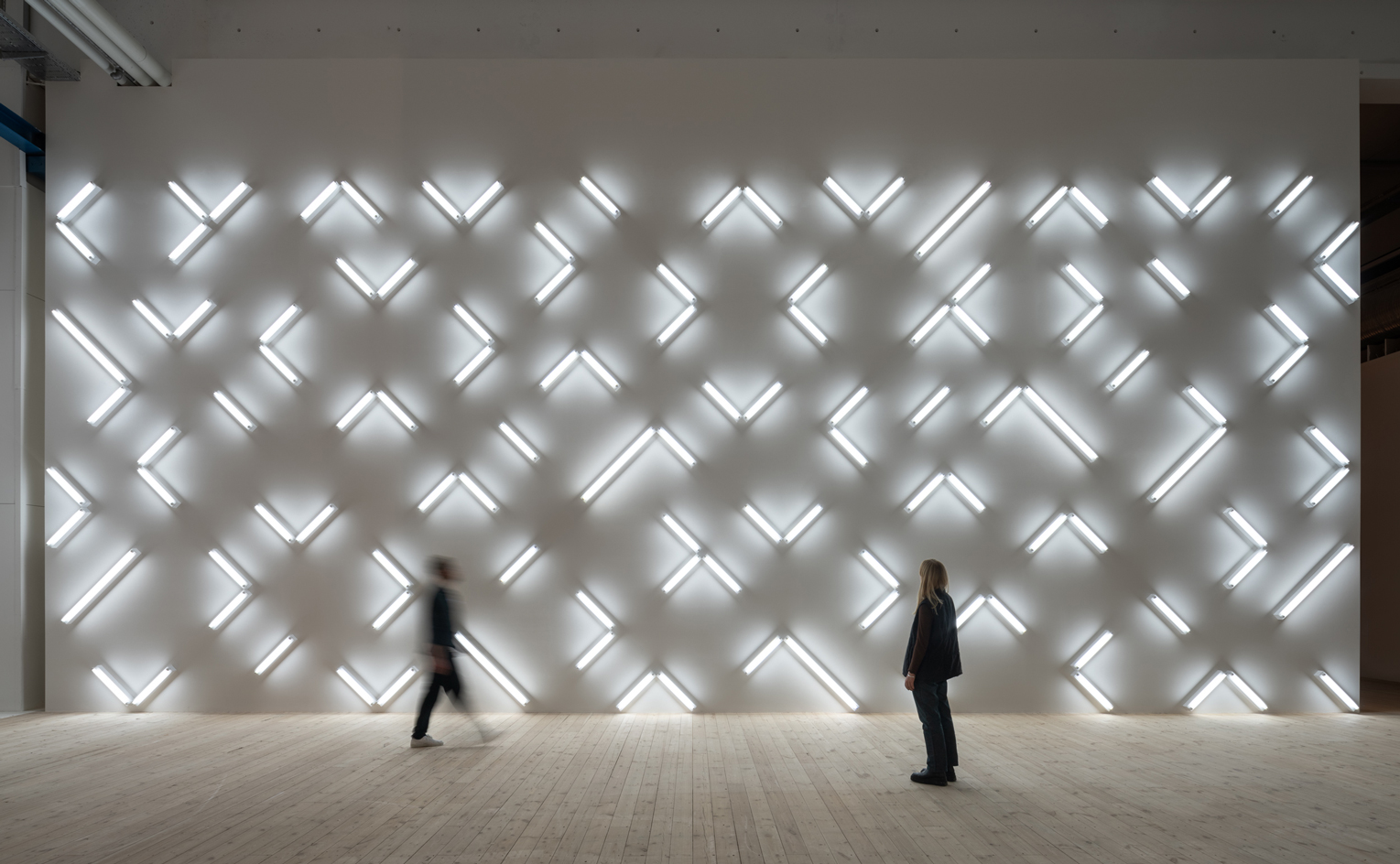
Robert Irwin, Light and Space (2007). Collection Museum of Contemporary Art San Diego; Museum purchase with funds from the Annenberg Foundation, 2007. © Robert Irwin ’Light & Space’ Copenhagen Contemporary, 2021.
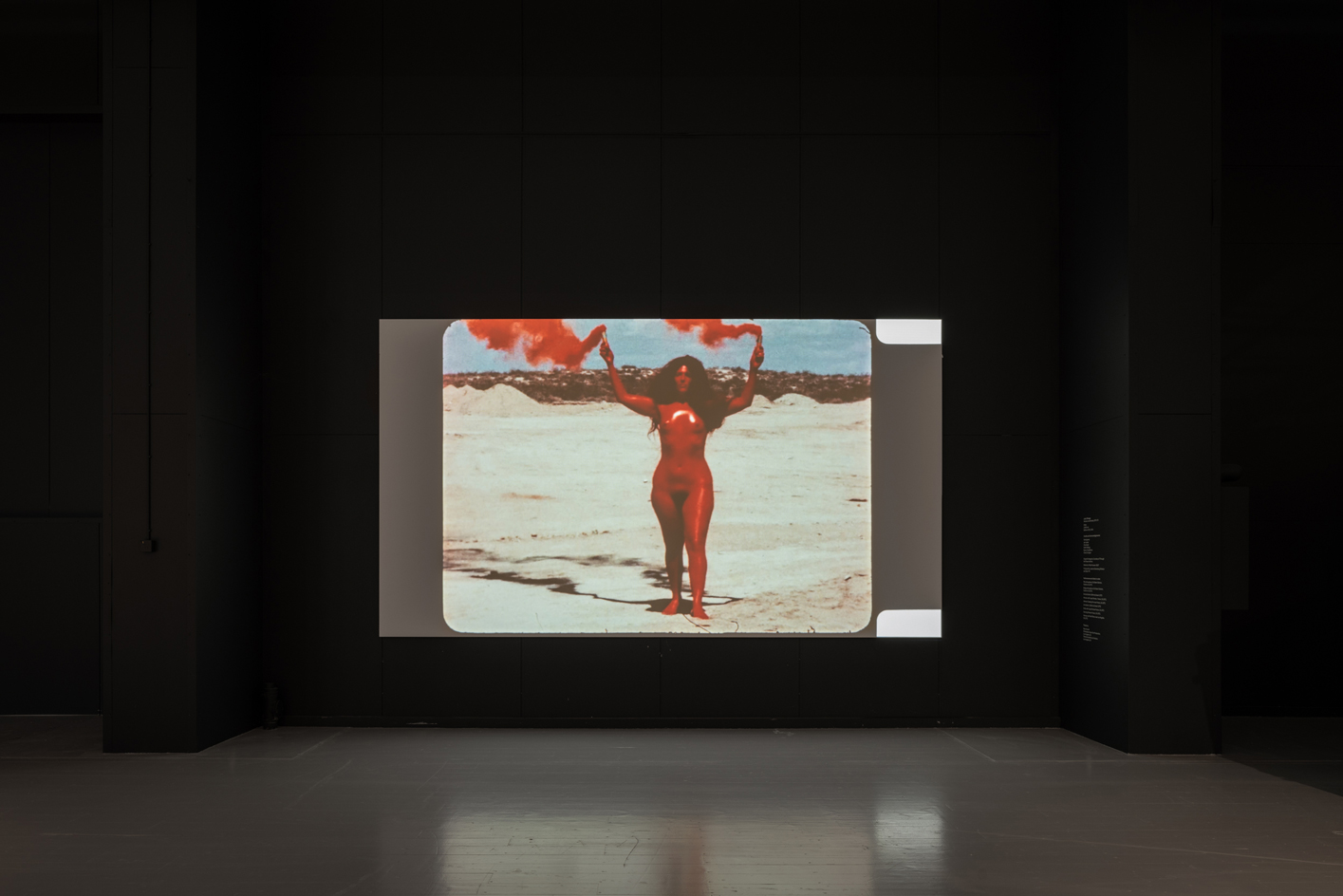
Judy Chicago, Women and Smoke, California (1971-1972). Courtesy the artist and Salon 94, New York; Jessica Silverman Gallery, San Francisco; Through the Flower Art Space; ARS, New York. © Judy Chicago Installation view Light & Space, Copenhagen Contemporary, 2021.
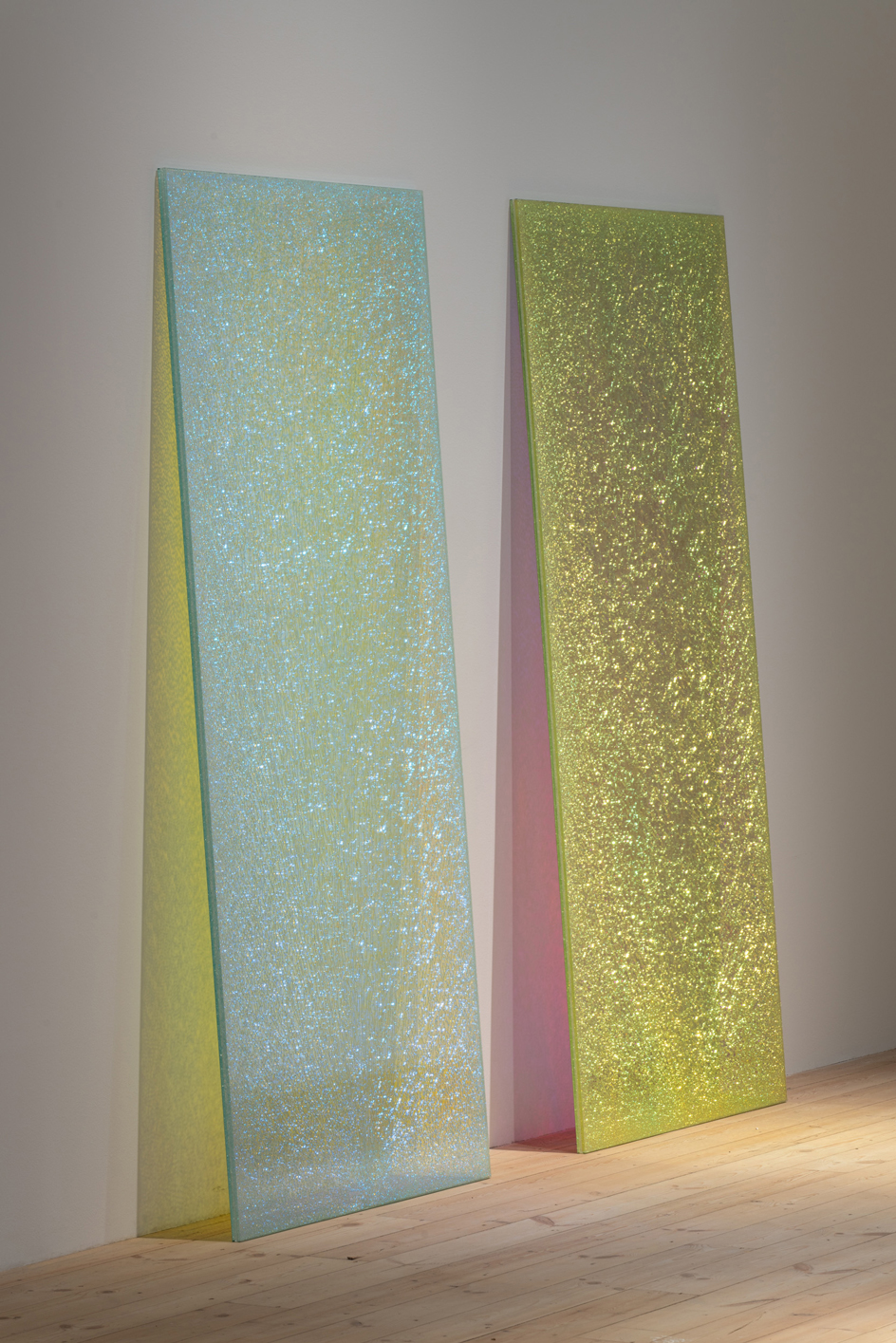

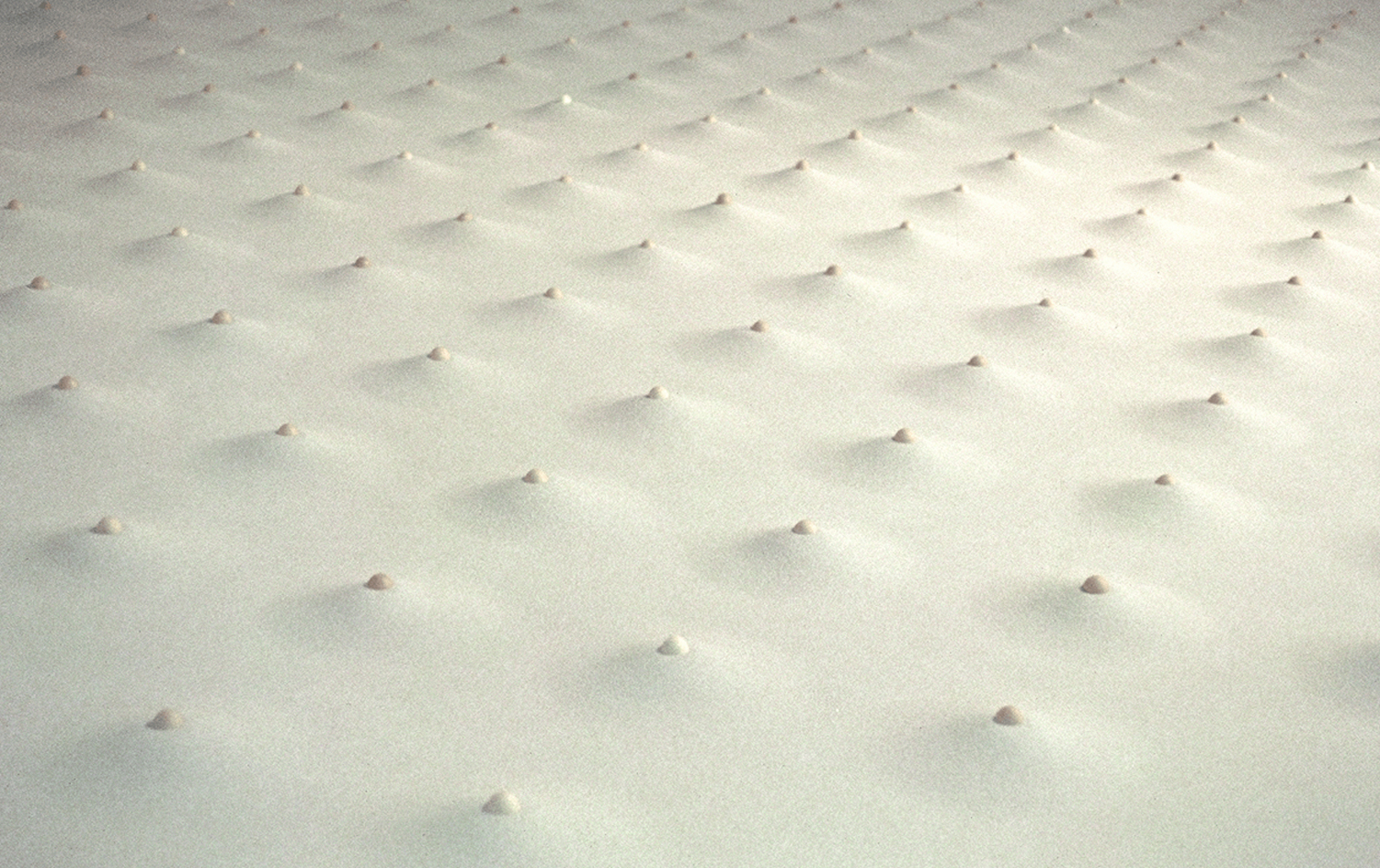
Eggs (1972/2021) Ceramic eggs and silica sand Dimensions variable. Courtesy of the artist
INFORMATION
’Light & Space’, until 4 September 2022, Copenhagen Contemporary. copenhagencontemporary.org
ADDRESS
Refshalevej 173A
1432 Copenhagen
Jeni Porter is the founding Editor and now Editor-at-Large of Ark Journal, a Copenhagen-based architecture, art and design magazine. Originally from Sydney, Jeni also writes for a range of international publications and does commissioned editorial-based projects for leading Danish brands.
-
 This Fukasawa house is a contemporary take on the traditional wooden architecture of Japan
This Fukasawa house is a contemporary take on the traditional wooden architecture of JapanDesigned by MIDW, a house nestled in the south-west Tokyo district features contrasting spaces united by the calming rhythm of structural timber beams
-
 At last: a London hotel that’s great for groups and extended stays
At last: a London hotel that’s great for groups and extended staysThe July London Victoria, a new aparthotel concept just steps away from one of the city's busiest rail stations, is perfect for weekends and long-term visits alike
-
 Three new smartwatches showcase new frontiers in affordable timepiece design
Three new smartwatches showcase new frontiers in affordable timepiece designLong may you run: smartwatches from Withit, Kospet and OnePlus favour function and value above all else, demonstrating just how much the smartwatch has evolved in recent years
-
 How ethical is Google Street View, asks Jon Rafman in Copenhagen
How ethical is Google Street View, asks Jon Rafman in CopenhagenIn 'Report a Concern - the Nine Eyes Archives' at Louisiana Museum of Art, Copenhagen, Jon Rafman considers technology's existential implications
-
 Inside Valdemars Slot, where Baroque surroundings meet contemporary art
Inside Valdemars Slot, where Baroque surroundings meet contemporary artThis Danish palace has been in the same family for 11 generations; now, its owner has transformed it into a very unique art destination
-
 Kaari Upson’s unsettling, grotesque and seductive world in Denmark
Kaari Upson’s unsettling, grotesque and seductive world in DenmarkThe Louisiana Museum of Modern Art in Denmark is staging the first comprehensive survey of late artist Kaari Upson’s work
-
 AI and creativity: Louisiana museum considers the human in the machine
AI and creativity: Louisiana museum considers the human in the machine‘The Irreplaceable Human’ at Louisiana Museum of Modern Art in Denmark asks what creativity is in the age of AI
-
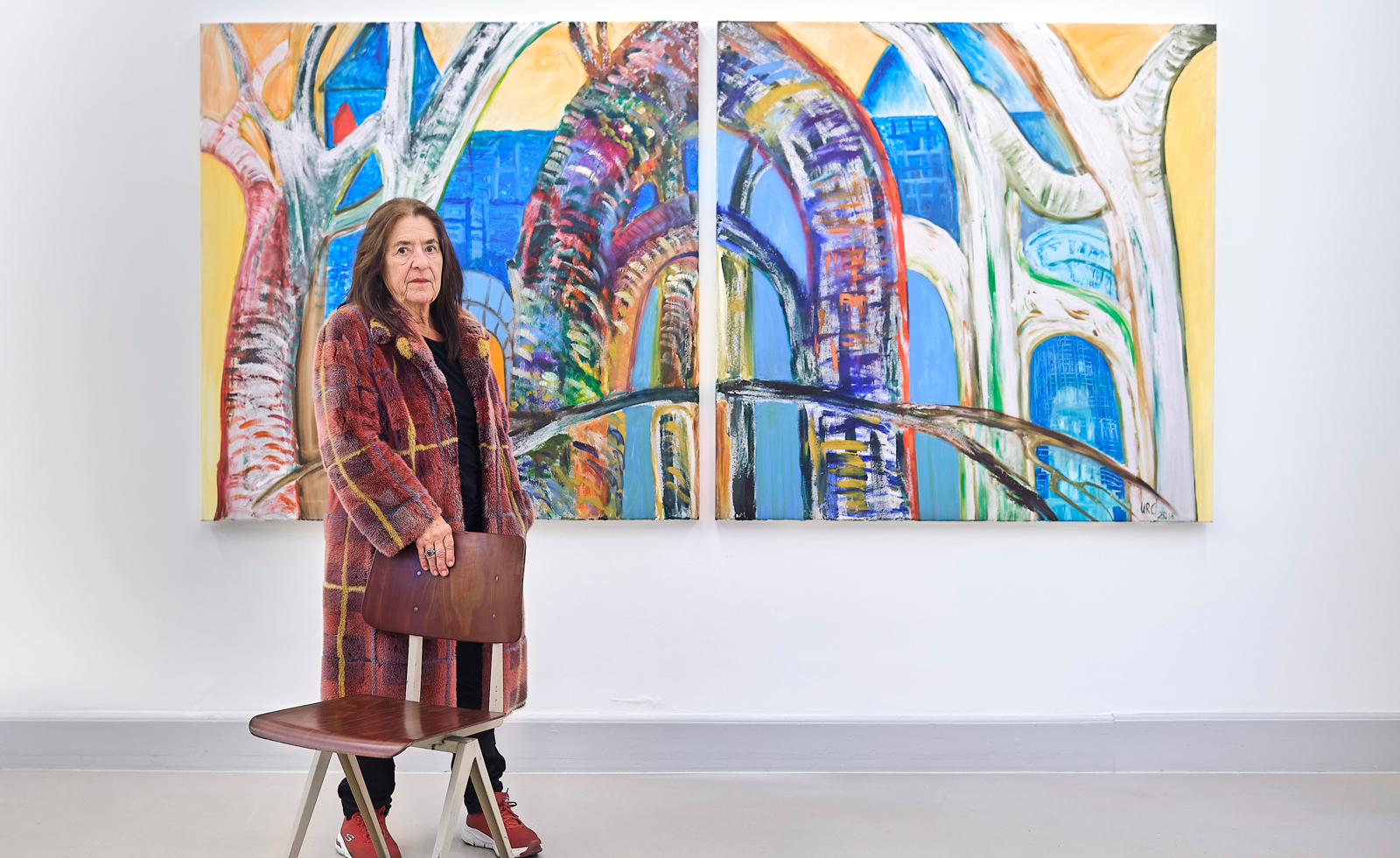 Ursula Reuter Christiansen on her art: ‘I have to go through, and through, and through’
Ursula Reuter Christiansen on her art: ‘I have to go through, and through, and through’German-Danish artist Ursula Reuter Christiansen tells Wallpaper* what drives her, as her exhibition ‘Rose Thorn’ opens at Von Bartha, Copenhagen
-
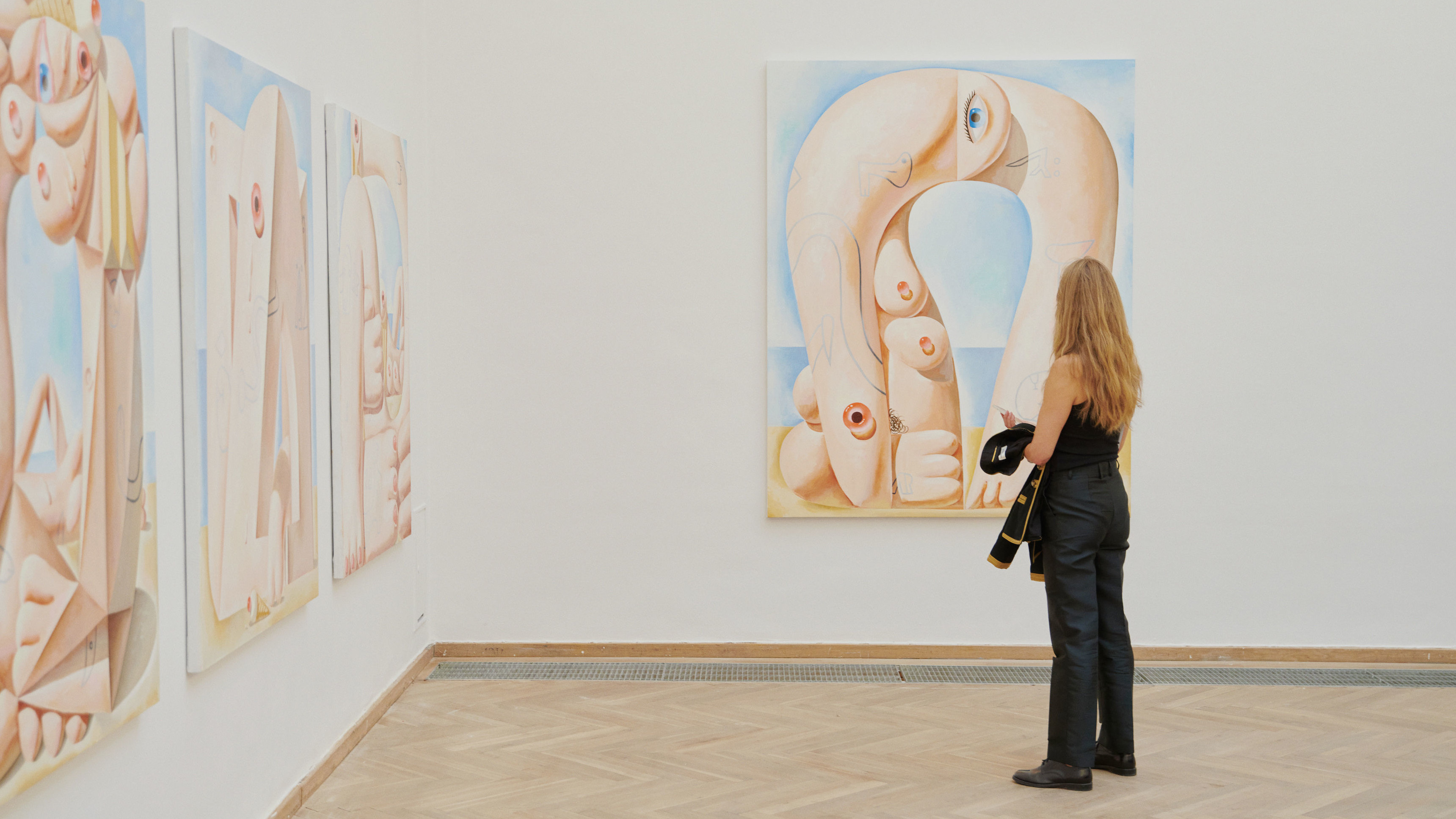 How Copenhagen’s Chart Art Fair celebrated its first decade
How Copenhagen’s Chart Art Fair celebrated its first decadeThe 11th Chart Art Fair highlights span architectural installations, an ongoing sculpture show, and a novice collectors’ exhibition
-
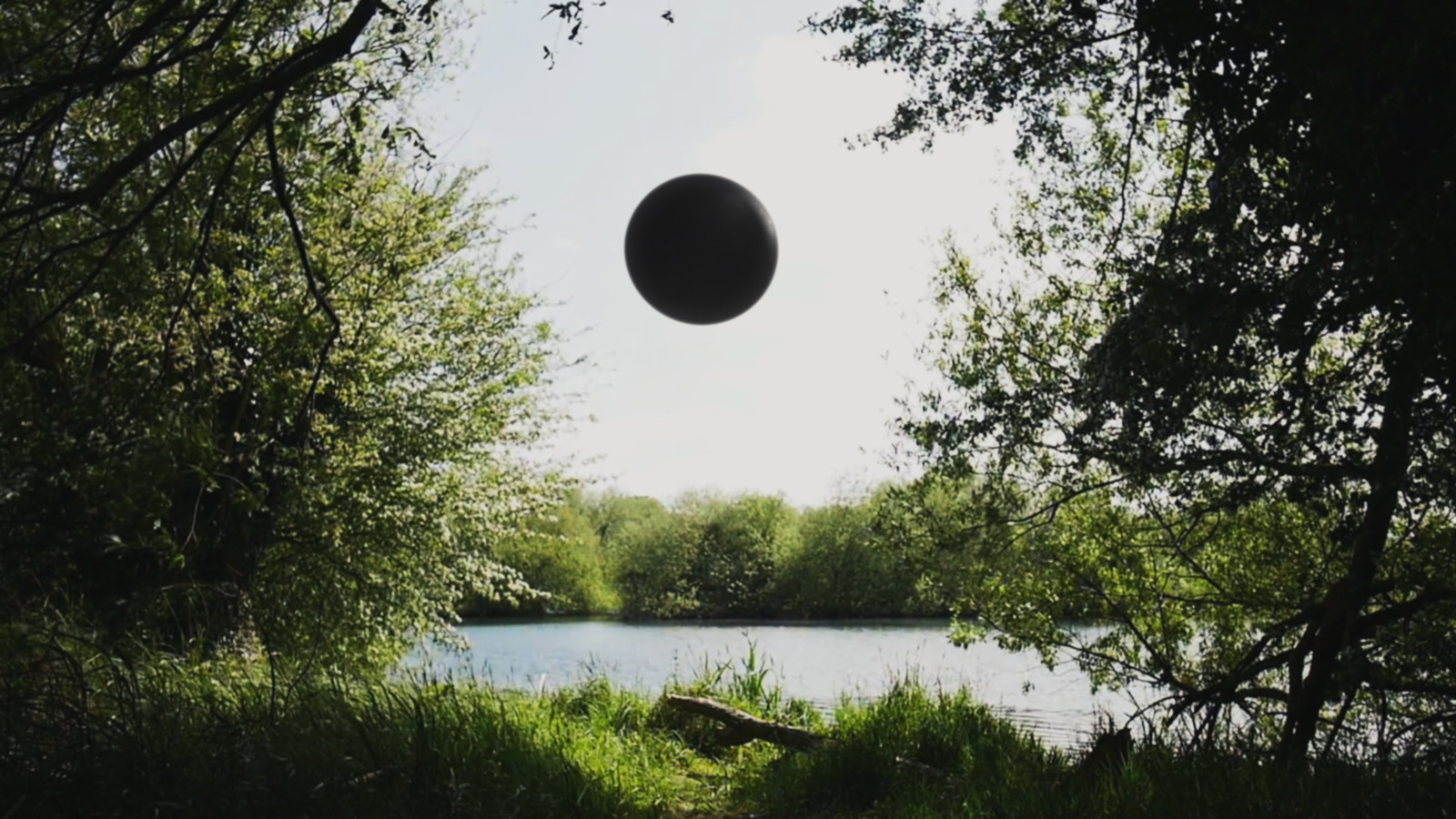 American artist Rachel Rose reaches for the sun and the moon in her Nordic exhibition debut
American artist Rachel Rose reaches for the sun and the moon in her Nordic exhibition debutRachel Rose’s ‘Good Morning Midnight’ at GL Strand, Copenhagen, centres on her cinematic Enclosure (2019) and recent video The Last Day (2023)
-
 Wallow in Ragnar Kjartansson’s epic riffs on Nordic melancholia at Louisiana Museum of Modern Art
Wallow in Ragnar Kjartansson’s epic riffs on Nordic melancholia at Louisiana Museum of Modern ArtIcelandic artist Ragnar Kjartansson brings his ‘Epic Waste of Love and Understanding’ to Denmark’s Louisiana Museum of Modern Art (until 22 October 2023)